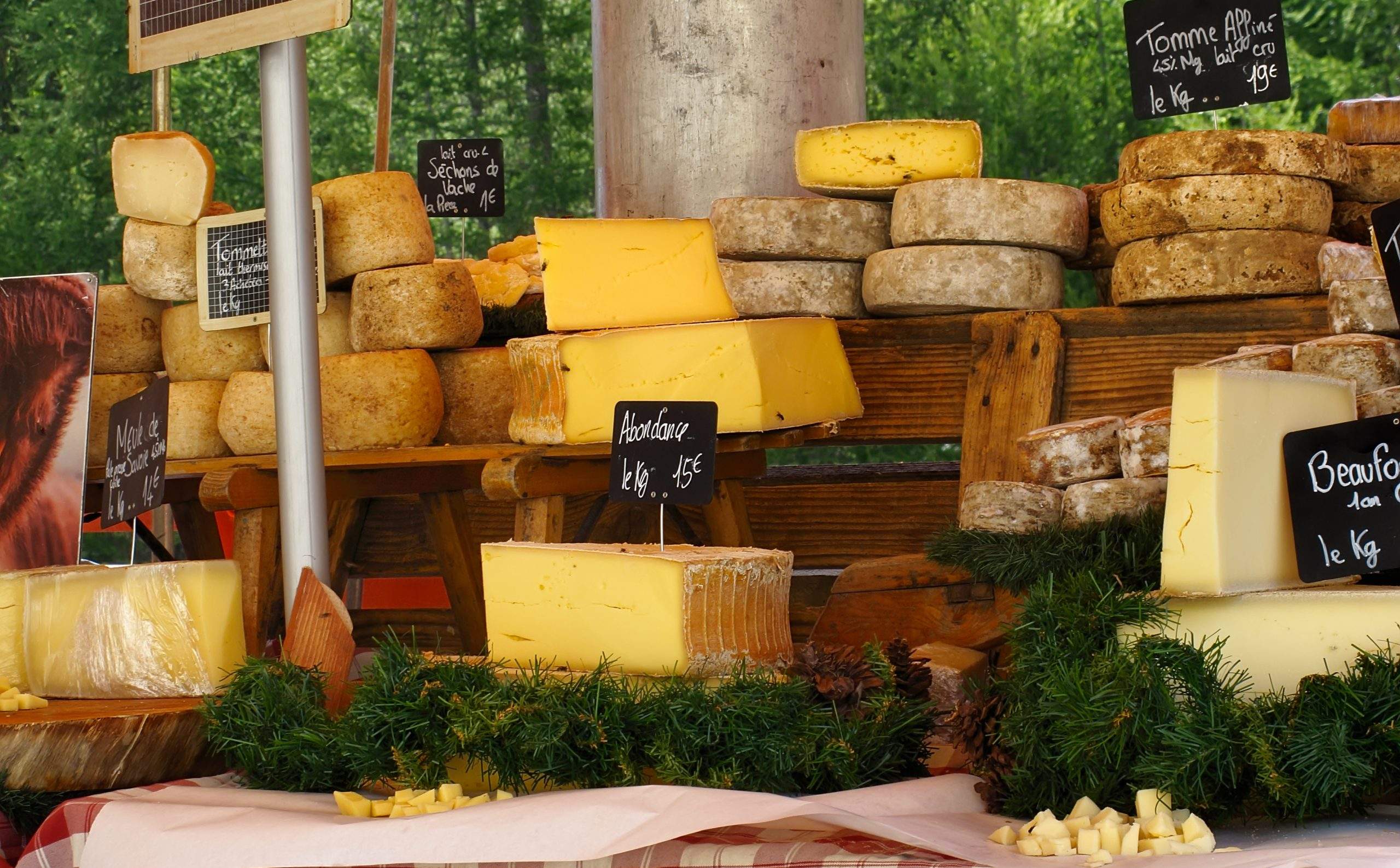25 years after they obtained a Protected Geographical Indication (PGI), the Savoy Cheeses PGI sector has applied for recognition as a Protected Designation of Origin (PDO).
An interview with Thomas Dantin, the president of Savoicime, the organization that protects and manages three regional cheeses: Tomme de Savoie, Emmental de Savoie and Raclette de Savoie.
Why have those three quite different cheeses come together to be managed by a single organization?
Thomas Dantin: “We are a single organization composed of three sections: Tomme de Savoie, Emmental de Savoie and Raclette de Savoie, which are all produced in the same geographical zone, and with some dairy farmers and cheesemakers in common. We managed to agree on identical specifications as far as the milk itself goes, but each of the three cheeses has its own unique specs. By uniting, we have greater value and impact. Quality labels are recognized by consumers, they meet the ever-increasing demand for both transparency and quality. For proof of that, just look at Raclette de Savoie (which got its PGI in 2017, while the other two got theirs back in 1996): sales leapt 1,000 tons in five years once they got their PGI.”
Since you already have a PGI, what else would a PDO bring?
Thomas Dantin: “One feature of our Savoy PGI cheeses is the fact that every stage of production takes place locally, in the same geographical zone. Our cows eat local fodder, and our know-how reflects a deep connection with our region, at every step of the production chain. Well that connection is clearer to consumers and to the public with a PDO. So, the next step will be drawing up specs for our application to the National Commission of the INAO, the National Institute of Origin and Quality.”
What are your volumes of production, and to what extent are the three cheeses exported?
Thomas Dantin: Our annual production volumes are fairly limited, with just 6,300 tons of Tomme de Savoie, 2,800 tons of Emmental de Savoie, and 3,300 tons of Raclette de Savoie. Consequently, exports for our three cheeses account, respectively, for just 3.5%, 0.3% and 1.3% of tonnage sold. The main destination countries are our close European neighbors, mainly Germany and Belgium.
| PDO/ PGI: How do they differ? A PGI identifies a product whose characteristics are associated with the specific geographical zone where it is produced, processed, or prepared, with a focus on traditional know-how. · France has 222 PGIs: 146 for agri-food products and 76 in the wine-making sector. · All together, PGI products accounted for €4.8 billion in sale in 2020. A Protected Designation of Origin (AOC in French) identifies a product for which every step of production takes place in the same geographical zone and in accordance with established, recognized practices, which give the product its typical characteristics. · There are 464 PDOs in France, 101 for agri-food products and 363 for alcoholic beverages. · Taken as a whole, PDO products generated total revenue of €22.94 billion in 2020. Source: INAO |
